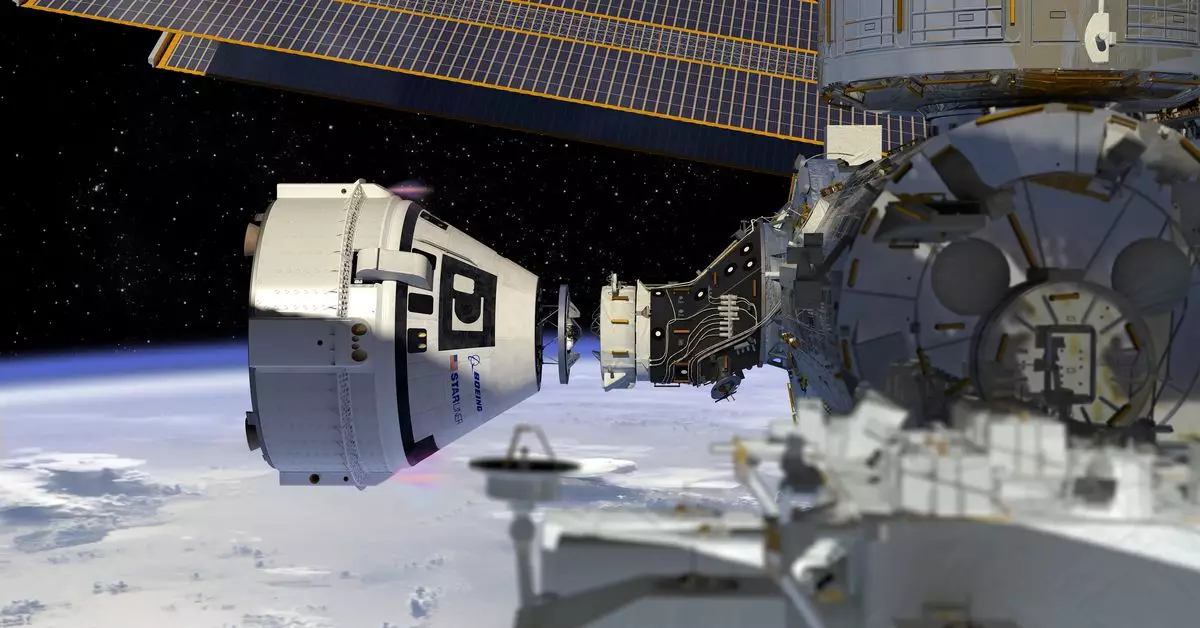NASA recently faced a critical decision regarding the return of US astronauts Sunita Williams and Barry Wilmore from the International Space Station (ISS). This decision was prompted by the uncertainties surrounding Boeing’s Starliner spacecraft, which encountered thruster failures, helium leaks, and valve issues during its docking with the ISS.
NASA’s Commercial Crew Program manager, Steve Stich, highlighted the uncertainty surrounding the prediction of the thrusters as a major concern. This uncertainty led to the decision to return the Starliner uncrewed, as the potential for thruster failures posed too much risk for the astronauts on board. This decision reflects NASA’s commitment to prioritizing crew safety above all else.
Following the setback with Starliner, NASA Associate Administrator Ken Bowersox addressed the trust issues that arose with Boeing. Despite the tense discussions and emotional investments in the decision-making process, NASA remains committed to working with Boeing. However, there is an acknowledgment that rebuilding trust and maintaining a collaborative relationship will require effort on both sides.
Steve Stich emphasized the differences in evaluating risk between NASA and Boeing. While Boeing did a commendable job in building a model for the spacecraft, the question remains whether this model is adequate for predicting crew performance. The differing approaches to risk assessment underscore the complexities involved in space missions and the need for thorough evaluation to ensure astronaut safety.
Originally scheduled for an eight-day mission on the ISS, astronauts Sunita Williams and Barry Wilmore found themselves spending over 80 days in space due to the challenges faced by the Starliner. The uncertainties surrounding the spacecraft’s thrusters and the discovery of deformed Teflon seals raised concerns about the astronauts’ safety during their return to Earth.
In light of the issues with Starliner, NASA decided to collaborate with SpaceX for the Crew-9 mission, which will bring the astronauts back to Earth in February. This decision reflects NASA’s confidence in SpaceX’s capabilities and its commitment to ensuring the safe return of the astronauts from the ISS. By leveraging the expertise of multiple partners in the aerospace industry, NASA aims to enhance the reliability and success of future space missions.
The challenges faced by NASA in returning US astronauts from the International Space Station illustrate the complexities and uncertainties inherent in space exploration. The setbacks experienced with Boeing’s Starliner serve as a reminder of the rigorous safety standards and risk mitigation measures required for human spaceflight. Through collaboration, innovation, and continuous evaluation, NASA continues to push the boundaries of space exploration while prioritizing the well-being of astronauts and the success of mission objectives.


Leave a Reply